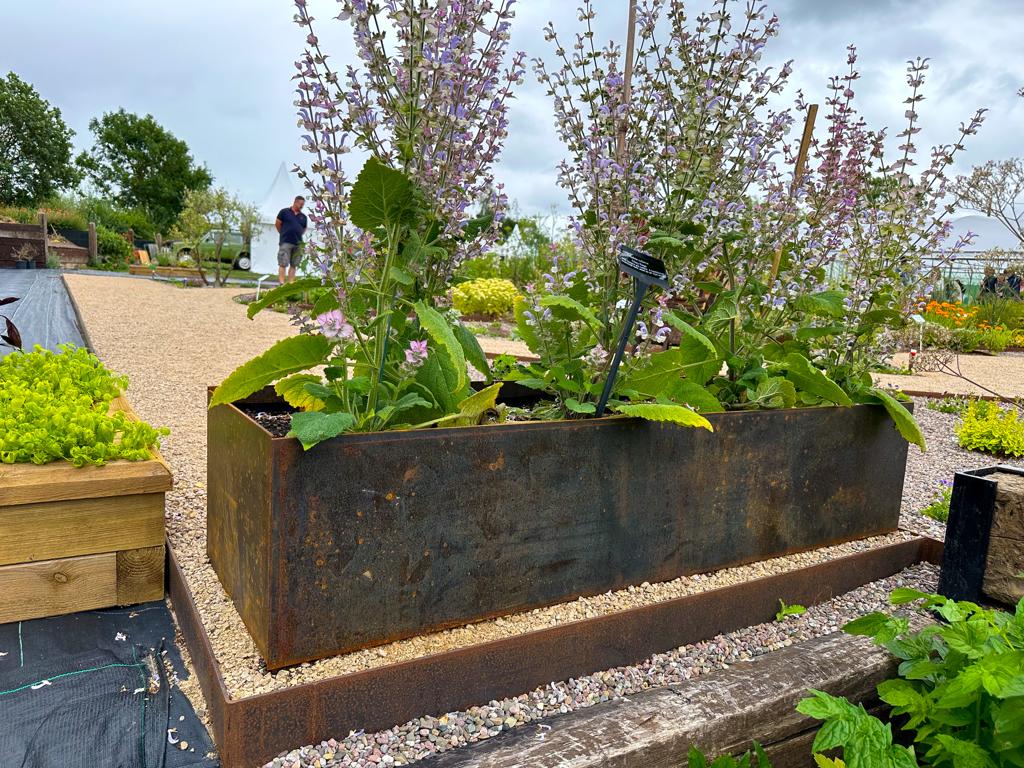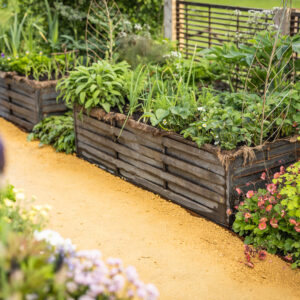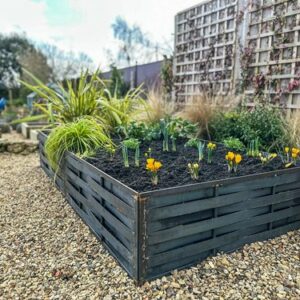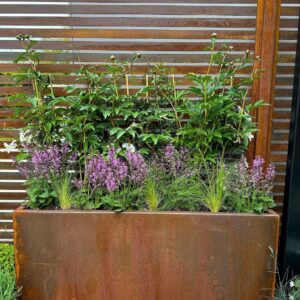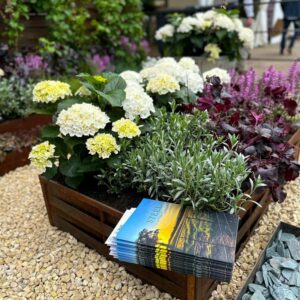Raised flower beds are a great option for pretty much any garden, especially if you only have limited space.
They improve drainage, even during periods of heavy rain and in flood prone areas, as the soil won’t compact, and the roots will find it easier to absorb both water and nutrients.
They are easier to maintain, help keep out the critters (such as slugs and snails) and are better for those with limited mobility and back pain.
But how should you prepare your raised flower beds across the year for the next season?
In this guide, we’ll be assessing exactly what you need to do to prepare your raised beds all year round.
Preparing for Spring and Summer
Routine maintenance done throughout the year combined with good preparation during winter will give you less to do when preparing your garden beds for spring and summer as well as leaving you with nutrient rich soil to help your plants thrive.
However, there are still some things you can do mid-winter to prepare your flower beds for the warmer weather ahead.
Rain water is the best water for plants due to its lower pH levels and is also environmentally friendly too. If you do not already have a water butt in your garden, now is a good time to install one – or even create a makeshift version out of an old bin or container.
Select Your Seeds
It is also the perfect time of year to start planning what you want your spring and summer garden to look like, take some time to browse the possibilities and start ordering your seeds.
Summer-flowering bulbs like lilies, gladioli and ranunculus can also be ordered in the winter for early-spring planting.
Routine Maintenance
Winter can put your garden as a whole under a fair amount of stress. So now is the time to inspect your raised flower beds to remove anything that shouldn’t be there such as hibernating pests and weeds, as well as giving your raised beds a good clean to remove any grime and stains.
You may also want to top dress your raised bed with 1-2” of compost, or more if it has been neglected over winter, leaving it to settle for two weeks before planting.
If you do find yourself having to undertake a lot of maintenance based tasks around your existing raised beds it may be the perfect time to consider some new ones.
By choosing a long lasting and zero maintenance option such as our solid or steel weave raised beds you can spend less time on these tasks in the future and more time tending to your garden.
Setting Up New Beds
Setting up new beds in winter also allows you time to allow the soil to settle in time for spring planting. However, when spring does come, avoid the temptation of planting at the first sign of warmth, since damaging frosts can still be lingering.
As a general rule, wait until the soil is at least 15 degrees C.
Mulching can also be done in spring – April being the ideal time as the soil is moist and accessible and the plants can take advantage of the increased activity within the soil.
Some mulches contain added nutrients acting as a slow-release plant food, feeding the soil and locking in moisture just when needed – but you can also use everyday household items such as straw and wood chippings too.
As worms and other microbial life take the mulch into the soil they help to improve soil structure, making it more moisture retentive, free-draining and fertile. The process helps to maintain a healthy, weed free garden and keeps the soil from overheating.
Preparing for Autumn and Winter
Preparation for winter takes place mainly in the autumn, a good time of year to get the more maintenance-oriented tasks done whilst you can take advantage of the milder weather and the few remaining lighter nights.
Tidy Up the Beds
One of the first tasks to do in the autumn is to give your flower beds a thorough tidy up. Cut back any perennials that require it, up-root end of season plants and bring inside any plants and herbs that can’t withstand the cold.
Weeding, as important as this is throughout the year, can be a particularly important task to undertake in order to prepare for winter, since many seeds and shoots may still lie dormant in the soil waiting for the warmer spring weather.
By completely removing any weeds you can stop your plants having to fight for the nutrients they need in order to survive, removing any unhealthy looking older plants will also help your flower beds remain healthy over the winter and into spring, stopping the spread of any pests and diseases.
Planting
Autumn is also the best time to plant wildflowers, plant bulbs, such as tulips, hyacinths, and even garlic for that wonderful spring bloom!
One of the biggest dangers to your plants, as mentioned, in the winter is frost. Due to being exposed to the cold air from both the top and the sides, raised beds can lose heat more quickly making it important to adequately protect your plants early.
You may want to consider adding fresh compost, mulching and adding any soil amendments to your flower beds, such as applying a thick blanket or cloth to prevent soil erosion.
These will break down and decompose over the winter, revitalising and enriching the soil, and replacing any nutrients that have been used by plants or leached during watering.
This will also help to regulate the soil temperature and ease the transition into winter.
Takeaways
Raised flower beds can be made from a variety of materials with the most commonly used being wood and plastic due to the cheaper cost and easy to make nature.
However, even treated wood will rot over time and plastic containers are prone to damage, such as cracks and splits, both of which are unlikely to last more than five years.
If you find yourself undertaking regular maintenance tasks on your raised beds consider our steel weave or solid steel raised beds which took pride of place at our exhibit at the RHS Chelsea Flower Show this year.
Our beds are easy to install yourself, and are made for longevity and minimal maintenance, allowing you to enjoy your flower beds for longer!
If you have any questions about anything we’ve covered in this blog or you’re interested in our wider product range, why not get in touch with us today.

